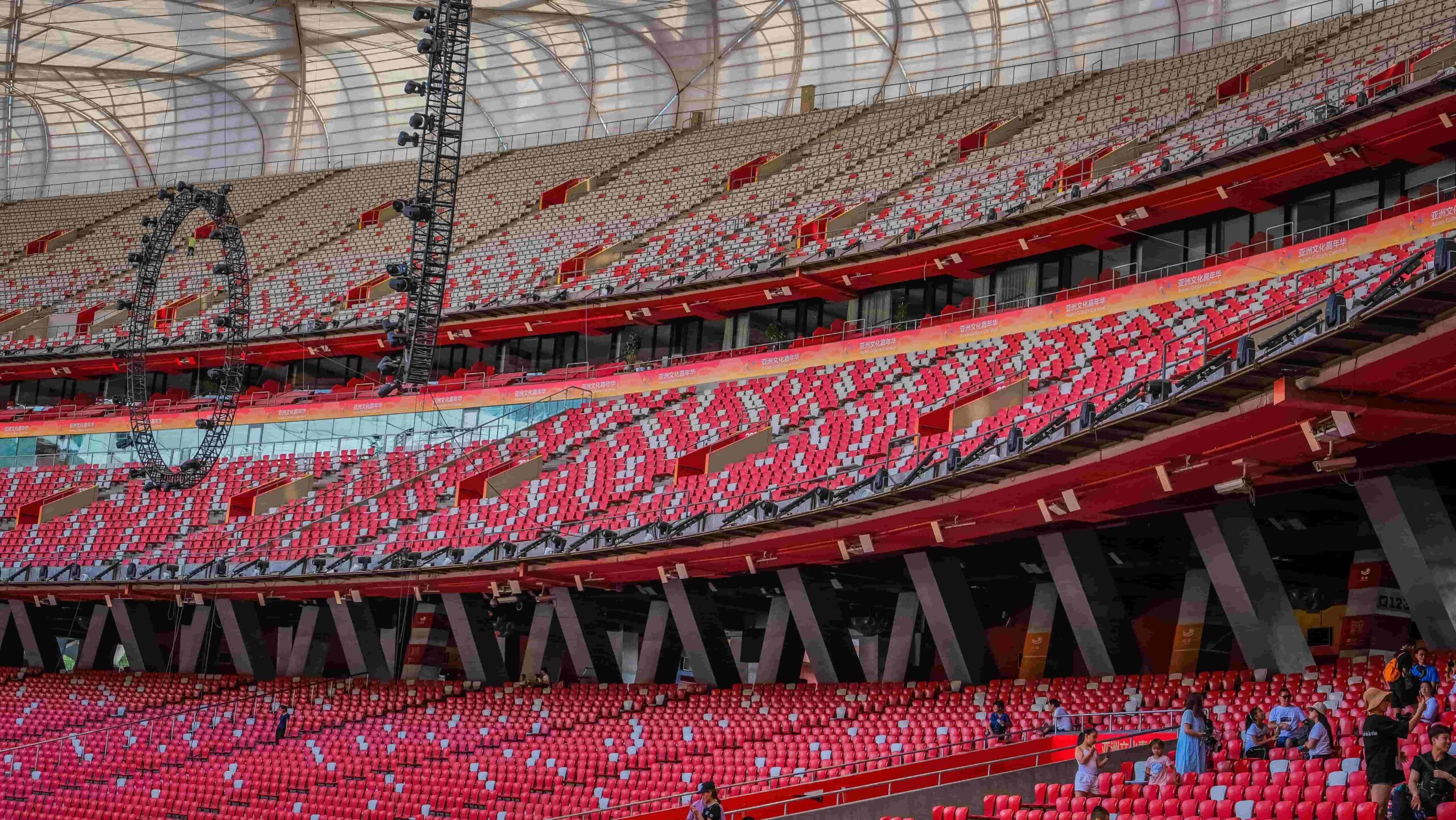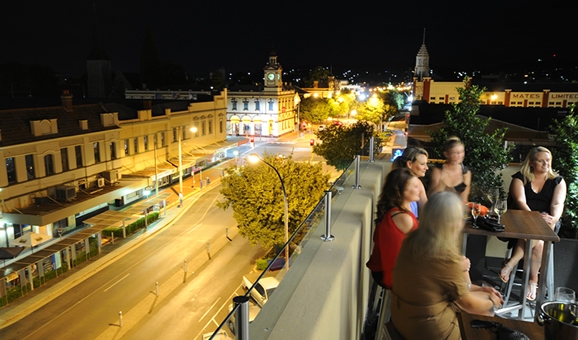Narendra Modi Stadium, formerly known as Sardar Vallabhbhai Patel Stadium, is a colossal sporting arena located in Ahmedabad, Gujarat, India. Renamed in 2021 to honor the current Prime Minister of India, Narendra Modi, the stadium stands as a testament to India’s commitment to sports and its rich cultural heritage. With a seating capacity of 132,000, it holds the title of the world’s largest stadium, surpassing the iconic Melbourne Cricket Ground.
Historical Background:
The roots of this magnificent stadium trace back to 1982 when it was initially constructed as the Sardar Vallabhbhai Patel Stadium. Over the years, it underwent several renovations and expansions to meet the growing demands of the sporting community and spectators. In 2020, the stadium underwent a major reconstruction to transform it into the ultramodern facility we see today. The refurbishment was part of a larger project to revitalize sports infrastructure in India, aligning with the nation’s ambitions to become a global sporting powerhouse.
Architectural Marvel:
The Narendra Modi Stadium is not just a venue for sporting events; it is a visual spectacle and a marvel of modern architecture. The redesign, led by renowned architecture firm Populous, aimed to create an iconic structure that would showcase India’s architectural prowess on the global stage. The stadium’s unique and innovative design incorporates a blend of traditional Indian architecture and contemporary elements.
The structure features a distinctive bowl shape, symbolizing a unity in diversity, a concept deeply ingrained in India’s cultural fabric. The outer facade is adorned with intricate patterns and motifs inspired by various Indian art forms, paying homage to the country’s rich heritage. The use of vibrant colors and geometric designs creates a visually striking impression, making the stadium not just a place for sports but also a cultural landmark.
Technological Advancements:
Beyond its aesthetic appeal, the Narendra Modi Stadium is equipped with state-of-the-art technology, ensuring a world-class experience for both athletes and spectators. The playing surface is meticulously maintained, meeting international standards for cricket and other sporting events. The stadium is fitted with cutting-edge facilities, including high-definition LED screens, advanced sound systems, and modern lighting, enhancing the overall viewing experience.
The seating arrangement is designed to provide optimal sightlines from every angle, ensuring that every spectator has a clear view of the action. Additionally, the stadium incorporates eco-friendly features, such as solar panels for energy generation and water harvesting systems, reflecting India’s commitment to sustainability.
Versatility in Usage:
While primarily a cricket stadium, the Narendra Modi Stadium is versatile and capable of hosting a variety of events. Beyond international and domestic cricket matches, the venue has hosted cultural events, concerts, and even political gatherings. Its adaptability underscores its significance as a multifunctional space that contributes to the cultural and social life of the region.
Record-Breaking Capacity:
One of the most remarkable features of the Narendra Modi Stadium is its colossal seating capacity. With room for 132,000 spectators, it surpasses the renowned Melbourne Cricket Ground, solidifying its status as the largest stadium in the world. The vast seating area allows for a lively and vibrant atmosphere during sporting events, creating an unforgettable experience for both players and fans.
Impact on Indian Cricket:
The Narendra Modi Stadium has emerged as a critical hub for Indian cricket. It serves as the home ground for the Gujarat Cricket Association and the IPL franchise Gujarat Titans. The venue’s grandeur and world-class facilities have made it an attractive choice for hosting marquee cricket events, including international Test matches, One Day Internationals (ODIs), and Twenty20 (T20) matches.
The stadium played a pivotal role in the historic day-night Test match between India and England in February 2021. This match marked the inauguration of the refurbished stadium and showcased its capability to host high-profile cricket fixtures. The pink-ball Test match, with its innovative use of LED lights, further emphasized the stadium’s technological prowess and its ability to adapt to the evolving landscape of international cricket.
Global Recognition:
The inauguration of the Narendra Modi Stadium drew attention from around the world, shining a spotlight on India’s commitment to sports infrastructure development. The stadium’s record-breaking capacity, architectural brilliance, and technological advancements have garnered international acclaim, positioning it as a symbol of India’s aspirations in the world of sports.
Conclusion:
The Narendra Modi Stadium stands tall as more than just a sports facility; it is a symbol of India’s ambition, unity, and cultural richness. From its historical roots as the Sardar Vallabhbhai Patel Stadium to its current status as the world’s largest stadium, it encapsulates the nation’s journey in the realm of sports and architecture. As a venue for cricket and a multifunctional space, it has become an integral part of India’s cultural landscape, hosting events that transcend boundaries and celebrate the spirit of sportsmanship.
The stadium’s impact reaches far beyond the boundaries of Gujarat or India; it resonates globally, portraying a progressive and vibrant nation that values its heritage while embracing innovation. The Narendra Modi Stadium is not just a place to witness sporting excellence; it is a destination that embodies the collective dreams and aspirations of a nation on the rise.

















